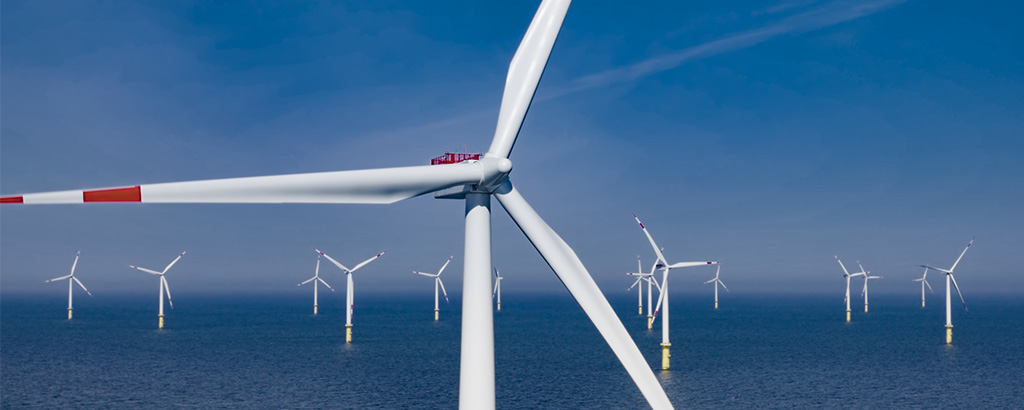Innovation
Customer-Centric Innovation: Anticipating the Next Big Breakthrough
Successful companies must be change agents at their core, anticipating the next big shift in time to capitalize on it, and transforming business models entirely when necessary. Every industry is under pressure, but a few present especially challenging environments that suppliers must meet with extraordinary innovation and flexibility.
Timken built and retains a culture that thrives in highly competitive spaces. The company evolved alongside some fast-paced, innovation-driven industries, after all.
Teams that never stop working
Take automotive, for example. Today, the industry is transitioning to electric vehicles — a major departure from the combustion engine that dominated the 20th century. One longtime Timken customer is set on becoming the #1 supplier of electric drivetrains.
The competition is fierce, so the Timken team stays several steps ahead. “We’ll have a prototype, quote and production plan ready before they even ask for it,” says Ashley Fairall, senior sales manager at Timken.
The heartbeat of that customer account is Timken’s global engineering team, whose collaborative strategy means they never stop working. “Say the customer asks for a solution in two days,” says Fairall. “The U.S. team starts the project on Day 1. At the end of the day, they send their work to the team in India, who work on it and then forward it to Europe for completion. Next day, we’re back in the U.S. presenting it to the customer.”
Taking on “unsolvable” problems
Sometimes, Timken engineers have to completely reinvent the wheel (or bearing, in this case). When a major wind turbine manufacturer set out to produce the largest offshore turbine ever built, Timken engineers were faced with one of the toughest challenges they’d ever taken on.

“We were talking about bearings more than 10 feet (3 meters) in diameter, with tolerances less than 1,000th of an inch,” says Lee Rothleutner, manager of materials R&D. “No one had ever delivered a product like that before. Every little thing mattered, from the raw steel and the way it was forged, to the temperature variations during assembly to getting the surface finish absolutely correct.”
Rothleutner’s R&D team developed a seamless induction hardening process that was key to their success, and today, Timken engineers are already working on a bigger bearing for the next iteration of the same turbine.
Customizing cutting-edge technology
Bearings are just one area where Timken is taking on quickly evolving markets, however. The communication satellites that orbit the planet require extremely precise gearing to communicate with ground trackers back on Earth, and precise gears are what Cone Drive is all about.
“Our customers are always innovating. Fortunately, Cone Drive offers a perfect balance of customizable solutions and cutting-edge technology.”
Jeff Breakey
Automation Sales Director, Global Accounts, Cone Drive
Recently, the team’s technical capabilities and responsiveness in delivering harmonic gear drives for satellite ground trackers led to an opportunity to provide actuators on the satellites themselves. “Actuators typically come as a matched set,” says Jeff Breakey, automation sales director for strategic global accounts at Cone Drive. “The customer wanted a simpler solution, however, to reduce assembly time and improve reliability.”
The Cone Drive team quickly put together unmatched components that solved the problem, and today Cone Drive helps make communication possible nearly anywhere on Earth.
“Our customers are always innovating,” says Breakey. “Fortunately, Cone Drive offers a perfect balance of customizable solutions and cutting-edge technology. We can move quickly to seize opportunities when they present themselves.”
Timken’s integrated approach to manufacturing helps the company stay agile and responsive to changing customer requirements. Here’s how Timken’s Engineering Center of Excellence keeps connections and processes fluid between customers and manufacturing.
Last Updated: 2023/10/13
Published: 2023/08/2
